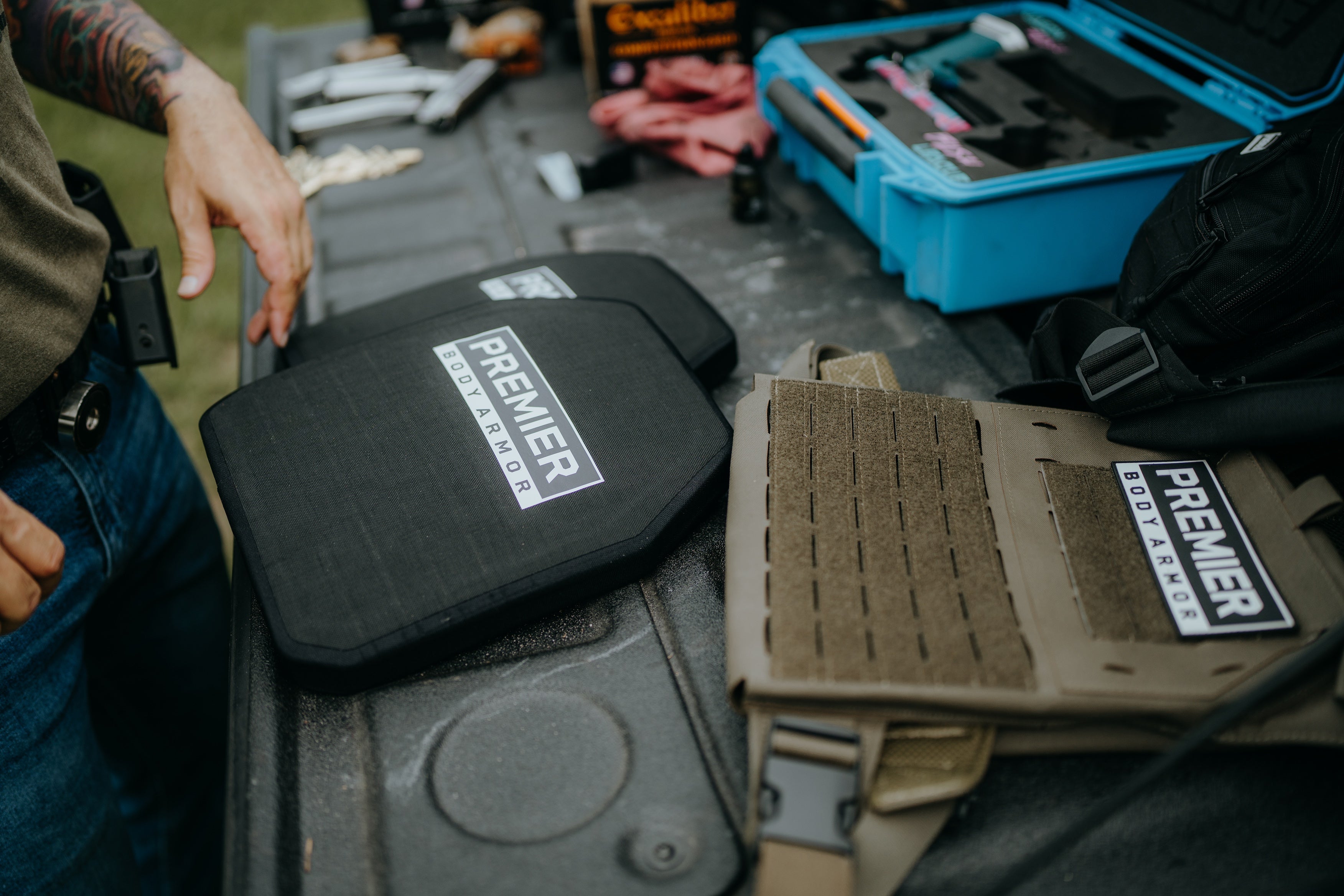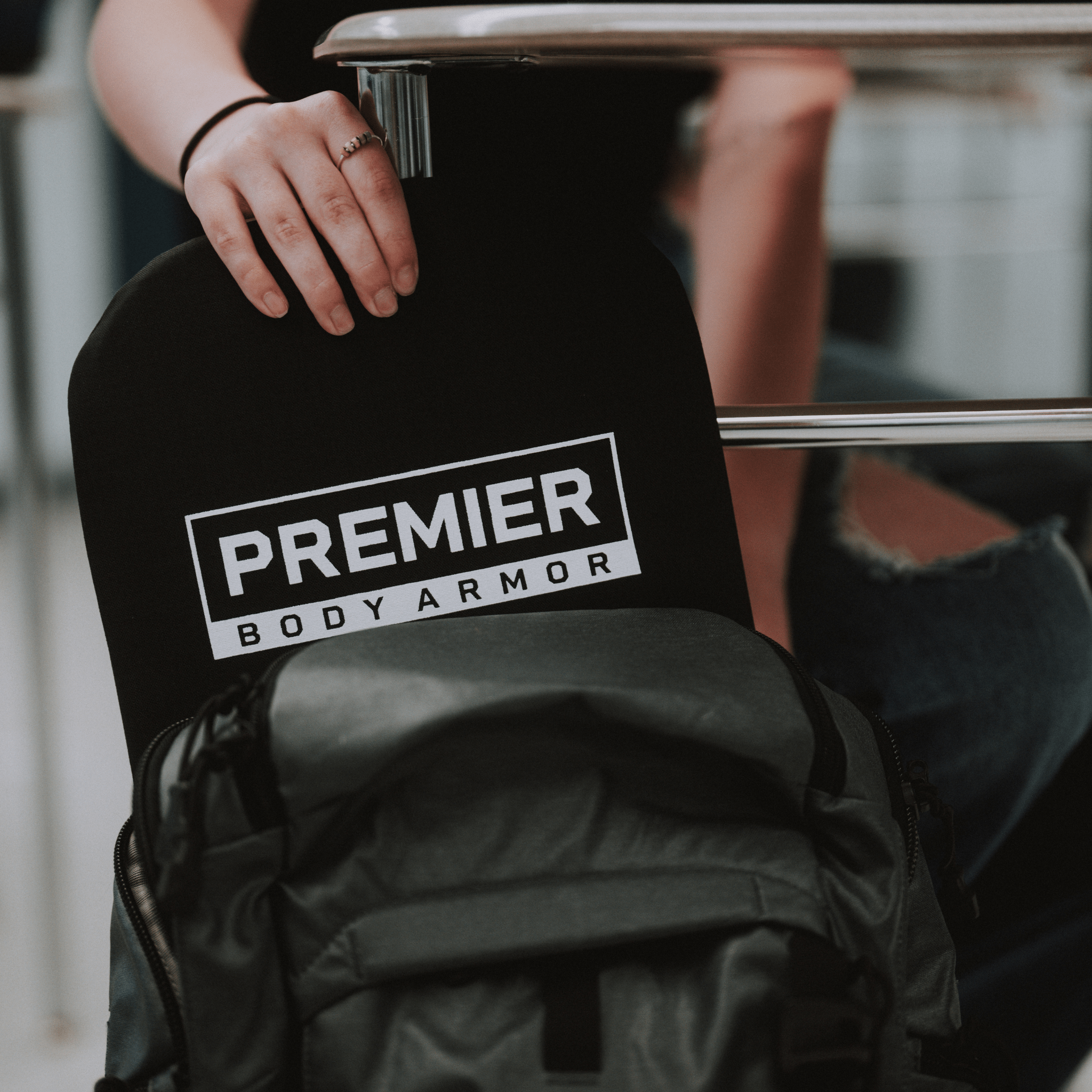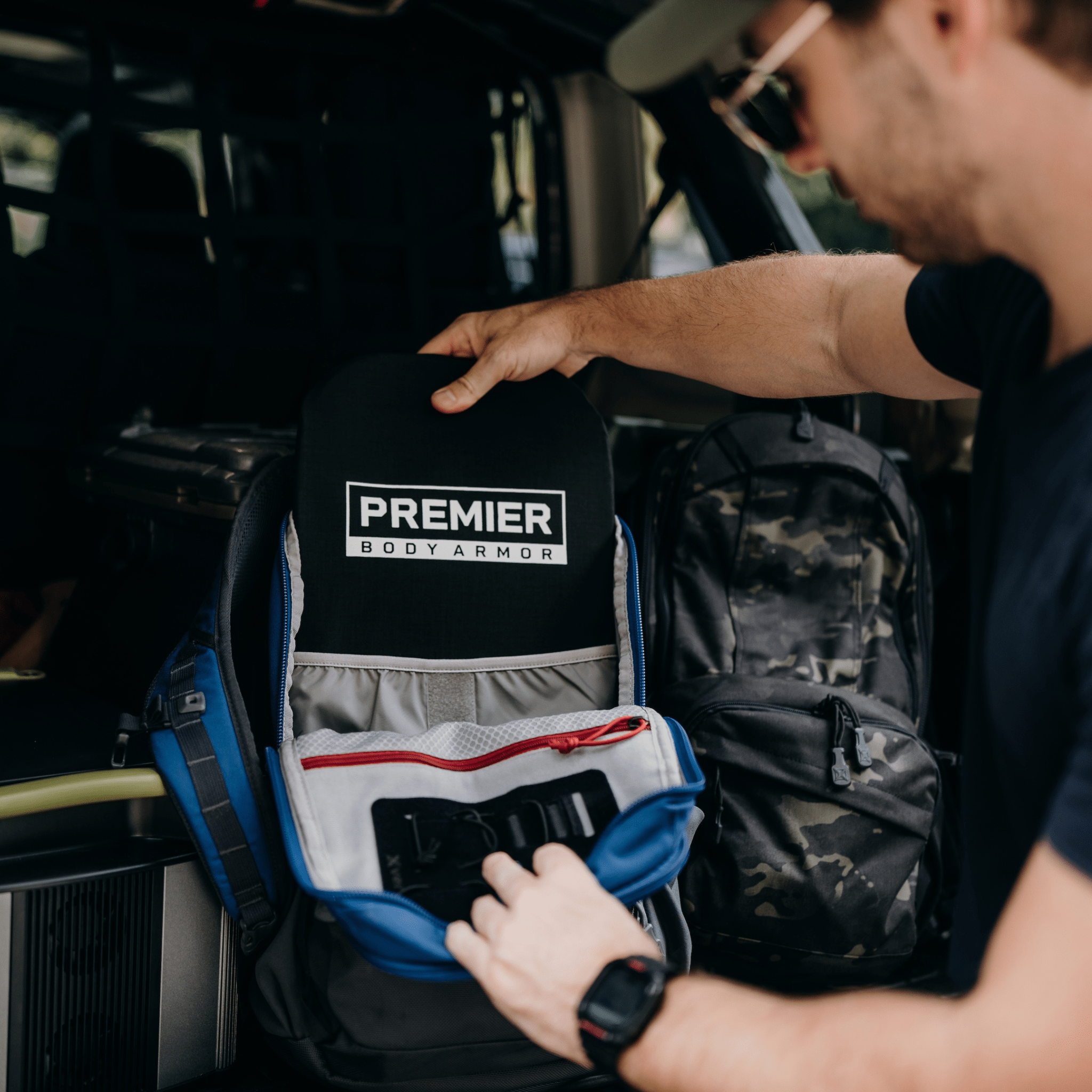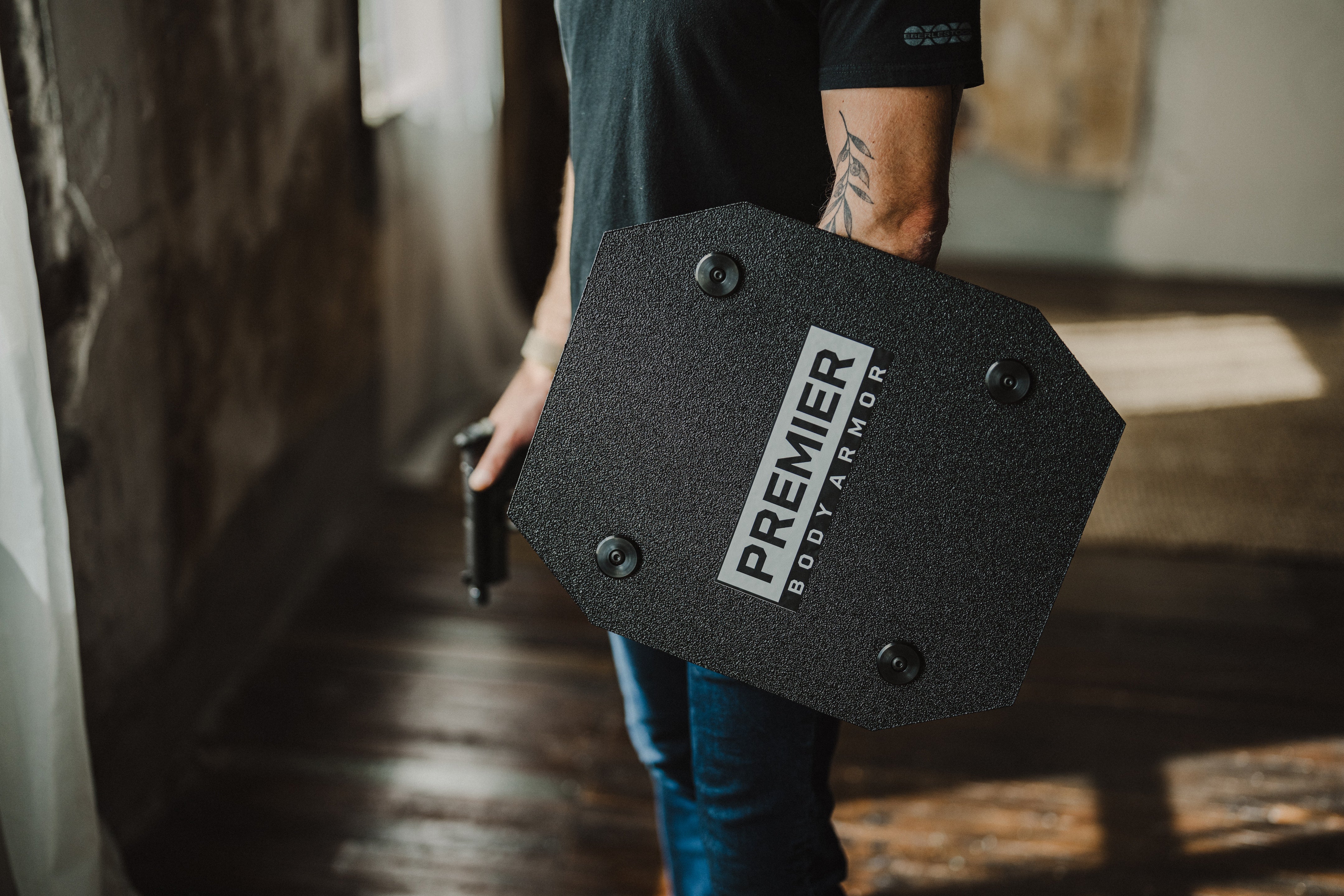A Guide to Using a Stun Gun for Self-Defense: Tips for Safe Use
Using a stun gun for self defense can add a close-range, non-lethal option to your kit. These compact electroshock devices deliver a painful shock on contact to create an opening to break contact and get away.
This guide covers what a stun gun is, how it works (high voltage, low amperage), how to use a stun gun under stress, and key legal factors. You’ll also get stun gun safety tips and quick-reference steps you can practice now.
Related reading: Best non-lethal self-defense options
What Is a Stun Gun?
A stun gun is a handheld, non-lethal self-defense device that delivers a high-voltage, but low-amperage shock on direct contact. Unlike a Taser-type conducted energy weapon that fires probes, a stun gun must touch the threat to work and are contact devices.
Designs vary - flashlight combos, baton styles, and compact units. The role, though, is the same: create pain and a brief window to disengage. Stun guns are intuitive to operate, making them a great option for any age or skill level.
Know your local rules before carrying. See our state legality guide for context.
How Does a Stun Gun Work?
Short answer: A stun gun uses high voltage to arc through clothing and low amperage to limit current.
This combination is what makes stun guns effective for non-lethal self-defense: high voltage is responsible for penetrating through clothing and making contact with the body, while low amperage keeps the electrical output non-lethal.
Effectiveness relates to delivered charge (often discussed in microcoulombs, current × time), contact pressure, and placement.
On contact, the shock causes intense localized pain and brief muscle contraction near the contact points. Unlike probe-fired CEWs, contact stun guns generally do not cause full neuromuscular incapacitation; they are pain-compliance tools.
Timing: Short touches (≈1–2 seconds) often trigger flinch and disengagement. Longer contact increases pain but doesn’t guarantee a “drop.” Your goal is to create separation, not to hold the device on target.
Stun Gun Arc Test
An arc test is a quick function check that shows your stun gun is powered and ready. With the safety switch off and the electrodes pointed into open air, press the activation button for a brief moment (1 second or less). You should see a blue-white spark between the prongs and hear a sharp crackle. That visible arc confirms high voltage is cycling correctly.
Do arc tests at home, after charging, and before carrying. Keep the electrodes away from people, pets, metal, and anything flammable. Avoid long or repeated “dry firing” and follow your manual’s limits. Switch the safety back on and reholster immediately.
How to Use a Stun Gun for Self-Defense
These devices are only as effective as the person wielding them, which is why mastering stun gun self defense techniques is essential. Here’s how to use a stun gun under stress.
-
Access. Carry it where you can reach it fast; on-body or in a small stun gun holster. Keep it charged.
-
Draw & activate. When threatened, draw a firm grip, switch the safety off, and point the prongs toward the attacker.
-
Drive to contact. Touch the prongs to a large muscle (upper arm, shoulder, hip, or thigh) and press in firmly, even through thin clothing.
-
Short burst. Press and hold the button for 1–2 seconds to create pain and a chance to move.
-
Disengage and escape. Immediately step back, break contact, and get to safety. Call 911 when you can.
Train these steps on a safe, inert unit. Reps build speed and a personal safety mindset.
Knowing how to use a stun gun isn’t just about pressing a button; it’s about being alert, acting decisively, and following through by escaping the situation safely.
Stay Situationally Aware and Prepared
Situational awareness in self-defense wins fights before they start. Scan for threats, exits, and barriers as you move. Keep distance, avoid corner traps, and control your hands and posture. Build a personal safety mindset by rehearsing “if-then” actions for common places like parking lots, gas stations, entries.
For more, check out our guides on how to be situationally aware in places like staying safe at the gas station.
Familiarize Yourself with Your Stun Gun
Practice using stun gun controls until they’re automatic: draw, safety switch off, arc test, contact pressure, reholster.
Dry-run from everyday carry positions you actually use, like appendix, pocket, or bag. Write down battery checks on your calendar.
Under stress, muscle memory will kick in and you’ll do what you’ve practiced.
Keep the Stun Gun Charged and Accessible
A dead device is a paperweight. Choose a rechargeable stun gun, set a monthly charge cycle, and function-check the light/arc. Stage it where you can reach it; on-body in a stun gun holster, nightstand caddy at home, or a fixed location in your bag. Be sure you avoid burying it under your other gear.
Press and Stun: Make Solid Contact When Deploying
How to use a stun gun on contact: drive the electrodes hard into the target area to defeat clothing and reduce arcing to air. Aim near the torso/hip/shoulder or along bony edges where you can control distance.
Deliver a short, firm burst and immediately create space. Prolonged cycling offers diminishing returns and may not change behavior. Prioritize escape over repeated cycles.
A key thing to remember about contact devices is that they are pain-compliance tools and rarely cause full-body incapacitation.
Disengage and Escape to Safety
Your mission is to break contact. After the burst, move away quickly, get to cover or a lit, populated area, and call 911. Do not attempt to hold, cuff, or argue. Treat any injuries, then document what happened.
Stun Gun Safety and Maintenance Tips
Stun gun maintenance is important to consider when you carry a stun gun for personal protection.
-
Storage: Keep in a dry, secure, location with controlled access away from children.
-
Checks: Keep a monthly charging and arc testing schedule.
-
Handling: Keep your finger off the trigger until on target; watch the muzzle direction.
-
Training: Practice flipping the safety switch and drawing your stun gun on an inert unit.
-
Cleaning: Wipe with a dry cloth; no solvents or water.
-
Do not test on yourself or others.
Are Stun Guns Legal?
Short answer: Stun gun laws are local. Many states allow civilian possession with restrictions on carry locations, age, or permits. Some cities and facilities prohibit them entirely. Penalties exist for illegal possession or misuse.
Before buying or carrying, confirm your city/state rules and any location bans (schools, federal facilities, etc.).
To see what’s allowed in your state, visit our Legality of Self Defense Weapons by State guide.
For a federal overview, see Congressional Research Service guidance; DHS also bans electroshock devices inside federal facilities.
The Bottom Line
A stun gun is a close-range, non-lethal tool. It works best when staged, practiced, and used with solid situational awareness, and when your legal bases are covered.
Build out your kit by pairing contact tools with distance-makers and protective gear.
You can also explore more in our best non-lethal self-defense options and situational awareness series.
Sources:
Electronic Control Weapons — Model Policy (IACP) — https://www.theiacp.org/sites/default/files/2023-09/Electronic%20Control%20Weapons%20-%202023.09.pdf.
Electronic Control Weapons — Concepts & Issues Paper (IACP) — https://www.theiacp.org/sites/default/files/2018-08/ECWPaper2018.pdf.
Electronic Control Weapons — Model Policy Companion Paper (IACP) — https://www.theiacp.org/sites/default/files/2020-06/ECWs%20June%202020_0.pdf.
Study of Deaths Following Electro Muscular Disruption (Final Report) — https://www.ojp.gov/pdffiles1/nij/233432.pdf.
Study of Deaths Following Electro Muscular Disruption: Interim Report — https://www.ojp.gov/pdffiles1/nij/222981.pdf.
Final Findings From the Expert Panel on the Safety of Conducted Energy Devices (NIJ) — https://nij.ojp.gov/topics/articles/final-findings-expert-panel-safety-conducted-energy-devices.
FAQ Regarding Items Prohibited from Federal Property (DHS/FPS) — https://www.dhs.gov/faq-regarding-items-prohibited-federal-property.
ISC Standard: Items Prohibited in Federal Facilities (CISA) — https://www.cisa.gov/resources-tools/resources/isc-standard-items-prohibited-federal-facilities.
Stun Guns, TASERs, and Other Conducted Energy Devices: Issues for Congress (CRS) — https://www.congress.gov/crs-product/IF12841.
Law Enforcement Use of Less-than-Lethal Weapons: Considerations for Congress (CRS) — https://www.congress.gov/crs-product/R48365.










Leave a comment